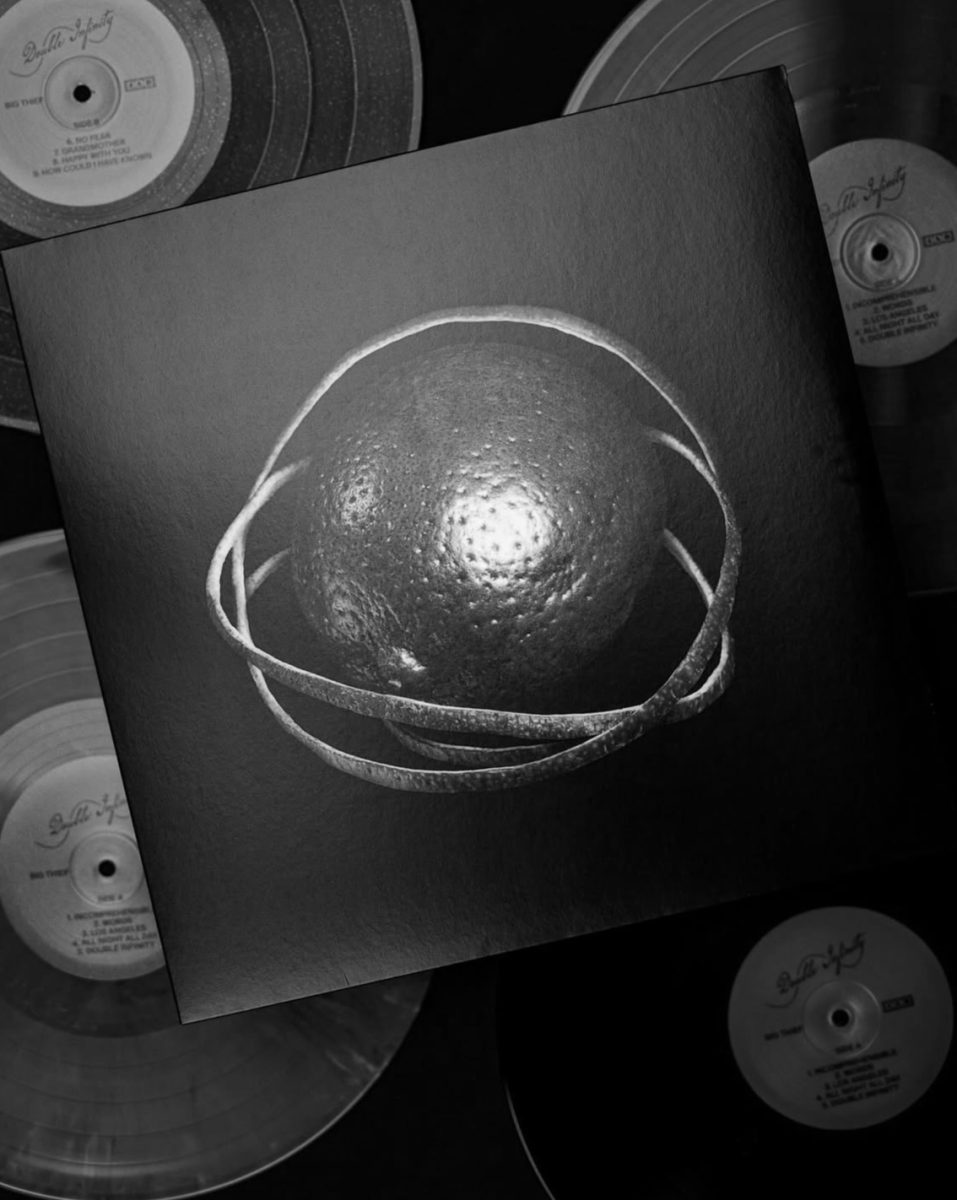
By Joseph Vitale
It is fairly difficult to document the history of a musical genre without taking inventory of the style’s “greatest hits.” One can hardly talk about the development of jazz, for example, without mentioning Miles Davis’ Kind of Blue. In the same way, few cannot chart rock music’s evolution without referencing Pink Floyd’s The Dark Side of the Moon.
For underground hip-hip, its classic is undoubtedly Madvillian, a 2004 album that united the forces of producer Madlib (Otis Jackson Jr.) and rapper MF DOOM (Dumile Jackson). Both suave visionaries, Madvillian was their only album, but after it was released, the genre would never be the same again. While the album achieved credible commercial success, peaking at number 179 on the U.S. Billboard 200, it is widely praised for its uncanny approach to all aspects of hip-hop: lyrics, instrumentals, composition and concept.
Lyrically, the album explores some familiar hip-hop topics, but in MF DOOM-style. Taking on the character of Marvel Comic’s Doctor Doom, DOOM constructs a fictional character akin to a supervillain in a comic book. At once cartoonish and creative, DOOM makes use of alliteration and allusion, internal rhyme and double- and triple-entendre to entertain his listeners. “They just tryin’ to get a nut like squirrels in his mad world,” he raps in the song “Curls.” In the song “Money Folder,” DOOM raps, “Let he who is without sin cast the first stone/After you who’s last? It’s Doom, he’s the worst known.” DOOM makes odd nerdy references, oftentimes philosophical and religious, and does it all in relentless flows that put DOOM’s dark voice in a hypnotic meter.
Instrumentally, Madlib exhibits a mastery of beat composition. Using samples across genres, including jazz and soul, he creates beats that are obscure but instantaneously entertaining. Not only are they creative, but many of the sounds on the album resemble a sort of worn-out, vintage feel. Listeners can hear the crackle of an old record or the hum of a low-resolution digital sample. The result is a sort of dust-coated feel that makes the record sound immediately nostalgic with every flaw and crack.
Compositionally, many of the songs take on a linear form. However, even without a chorus, DOOM manages to describe small sketches with unifying detail in the songs. The song “Fancy Clown,” for example, recalls a breakup experience DOOM has where he resorts to telling his ex-lover that he had committed adultery before she did. He raps about the Shearling bracelet he gave her, but now “I rather waste it or give it to your girlfriend.”
In “Operation Lifesaver,” DOOM raps about a date he has with a girl who unfortunately has a case of halitosis. The small vignette tells of DOOM trying to force her to take a breath mint (a creative play on the popular candy Lifesavers).
Conceptually, the album transcends the typical hip-hop egoism and glorification of violence. It is a different take that is more unique in its approach and more satisfying in its product. Few albums rival its creativity and approach to the sounds of hip-hop.
__________
Joseph Vitale is the Managing Editor for The Fordham Ram.






































































































































































































